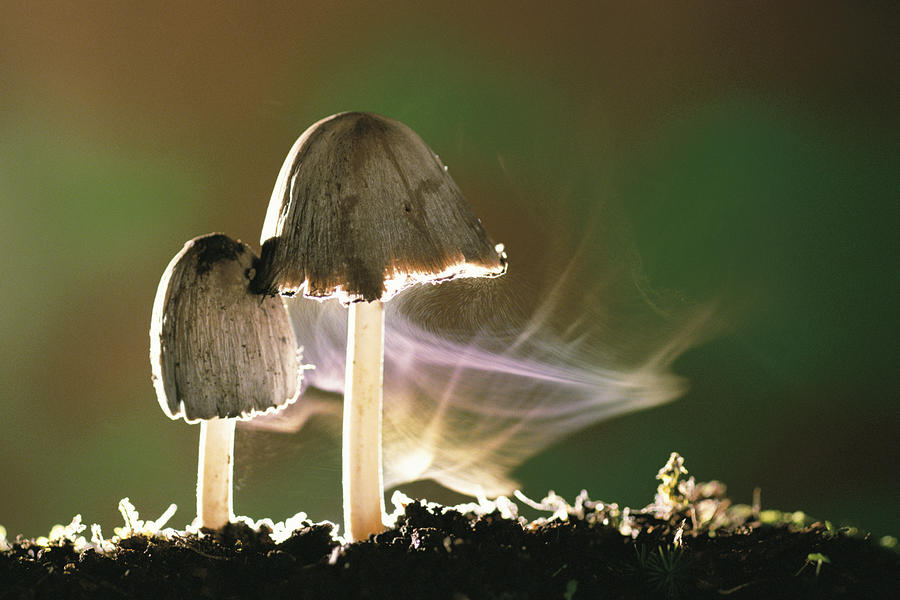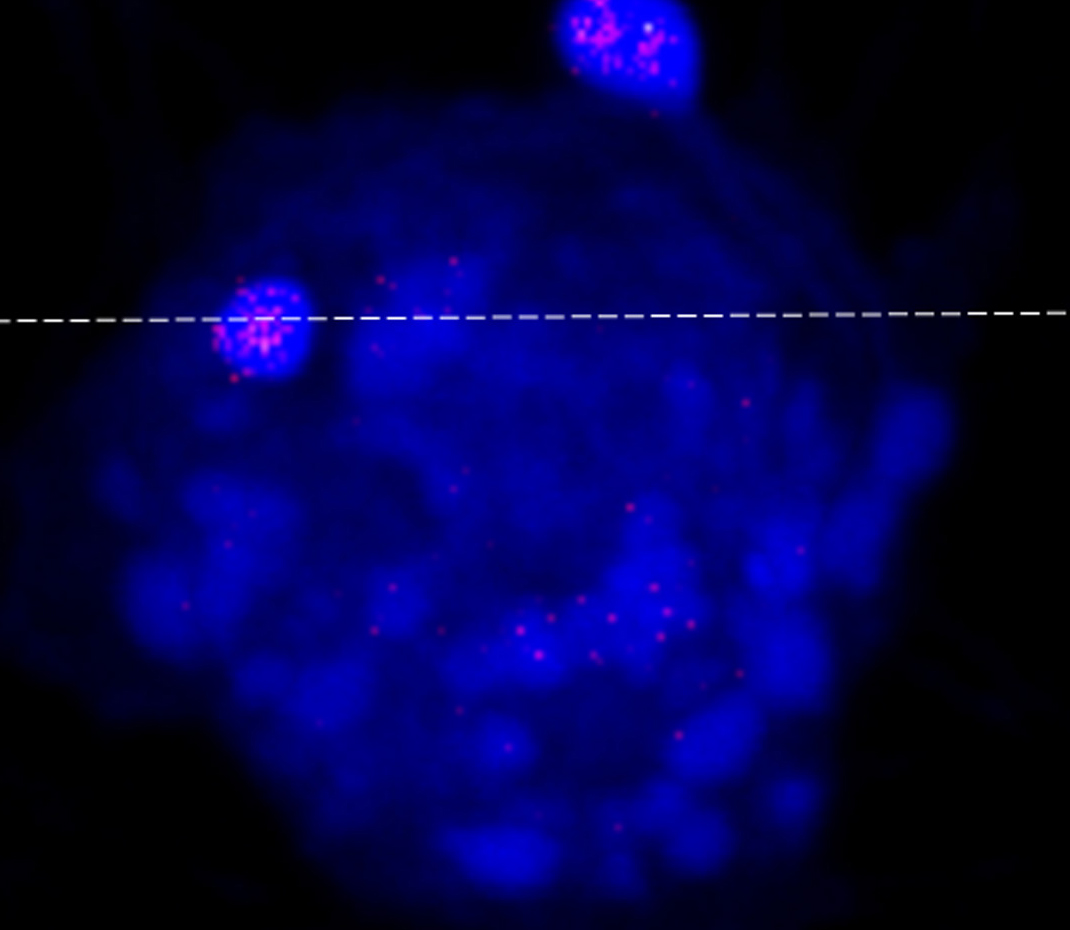Wine making had expanded throughout the centuries from Greeks to Egyptians, each having their own technique. In order to produce a good quality wine, they needed to apply the viticulture (grape cultivation) on their land. Vineyards do require certain temperature, moisture, and bacterial community for proper growth. Foguem and Flammang conducted a research in growing a vineyard in China using France’s viticulture technique. In this experiment, it focused on six factors requirement: Geology which is broken down into two categories “macronutrients” and “micronutrients” for soil nutrients supplements requirement, vines (wine quality), climate (vines on different temperature), diseases and treatment (vine disease accumulate), driving mode (vine installment), and irrigation (water stressed condition). In order to compare both countries geographically, graphical software was used for obtaining a glance of China’s biomes that can support the viticulture in soil nutrient supplement and vineyards being able to withstand on different weather conditions.
Foguem
BK and Flammang A. (2014). Knowledge description for their suitability
requirements of different geographical regions for growing wine. LPE 38:719-731.
 |
| washingtonwinehomes.com |








